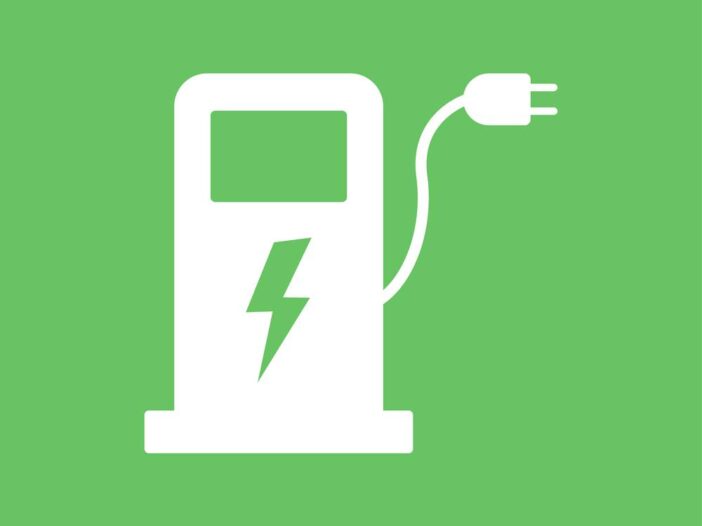In today’s Money Morning…as EVs take off, we will need a lot of graphite…last week, the government got involved…there’s money flowing in to secure the supply of those materials…and more…
While lithium has been getting most of the headlines with a shortage coming, there’s another major electric vehicle battery component that’s looking tight too.
I’m referring to graphite.
That tightness has already been showing in the graphite price. Graphite prices are up more than 20% year-on-year, according to Benchmark Minerals.
And it’s looking like demand will only keep rising.
Fastmarkets forecasts that demand for graphite for EV battery production will increase from 437,000 tonnes in 2021 to 594,000 tonnes, or 36%, just this year.
As analyst for Benchmark Mineral Intelligence George Miller put it:
‘Supply will struggle to catch up with graphite demand.’
As demand for graphite rises, graphite prices could keep rising too.
As EVs take off, we will need a lot of graphite
As we’ve mentioned before, electric vehicles are coming in fast.
Sales of electric cars in 2021 doubled to hit 6.6 million, or 9% of global market share. Considering that in 2019 EV sales were 2.2 million, sales have tripled in just two years.
How to Limit Your Risks While Trading Volatile Stocks. Learn more.
That’s impressive.
But more EV sales mean more need for EV materials, like graphite.
Used for the negative end of the battery, or the anode, graphite is one of the main components of lithium-ion batteries.
And EVs need a lot of it. The average electric vehicle has up to 70kg of graphite.
At a time of shortages around the world, securing supply chains has become a priority — particularly as China controls most of the supply chain for graphite.
As EVs continue to roll out, we are already seeing a lot of car and battery makers scrambling to secure their supply not only of lithium but also graphite.
In fact, last year, Tesla signed a four-year deal with Syrah Resources Ltd [ASX:SYR] to supply them with graphite anode material from its US plant.
POSCO, which is one of the largest anode suppliers in the world and the largest outside of China, has also been making a bunch of deals.
Last year, it invested US$7.5 million into Black Rock Mining Ltd [ASX:BKT] for a 15% stake. Black Rock is using the money to advance their graphite mine in Tanzania. They’ve also gone into agreements with graphite miners EcoGraf Ltd [ASX:EGR] and Renascor Resources Ltd [ASX:RNU].
And speaking of…it’s not just automakers and anode manufacturers looking to secure graphite supplies…
Last week, the government got involved
In September last year, the Australian government set aside $2 billion to give out as loans to the critical minerals sector.
Managed by Export Finance Australia, the loan’s aim is to help develop Australian critical minerals projects and the supply chains that are needed for the new energy economy.
And last week it started giving out some of those loans.
As it looks so far, the government has given out $239 million in total…to graphite miners.
As much as $54 million could flow into EcoGraf, who is looking to build a diversified battery anode material business.
As long as EcoGraf meets certain conditions, the loan will help expand their anode facility to 20,000 tonnes per year, which they are building in the Rockingham-Kwinana Strategic Industrial area, near Perth.
The facility will use EcoGraf’s purification technology to produce high-quality battery anode material to export to Asia, Europe, and North America.
The other recipient is Renascor Resources, who received an up to $185 million conditional loan facility for their Siviour Graphite Project in South Australia.
The project has already been granted major project status and it includes a graphite mine and a battery anode operation.
As Renascor’s Managing Director David Christensen put it:
‘This is an opportunity to develop a world-class, globally competitive downstream processing capability in a critical mineral that is fundamental to the development of the electric vehicle revolution.
‘In 2021, lithium [demand] exploded, and we think graphite has the potential to do that, which means there’s an opportunity to build what will be a major industry in South Australia for many years to come.’
So at a time when companies may be concerned with stimulus ending, it’s not the case for materials for the energy transition. There’s money flowing in to secure the supply of those materials.
Governments have made big pledges to reach net-zero by 2050, and those pledges will need to be followed with plenty of money if we want to reach those goals.
Until next week,
 |
Selva Freigedo,
For Money Morning
PS: Selva is also the Editor of New Energy Investor, a newsletter that looks for opportunities in the energy transition. For information on how to subscribe, click here.

